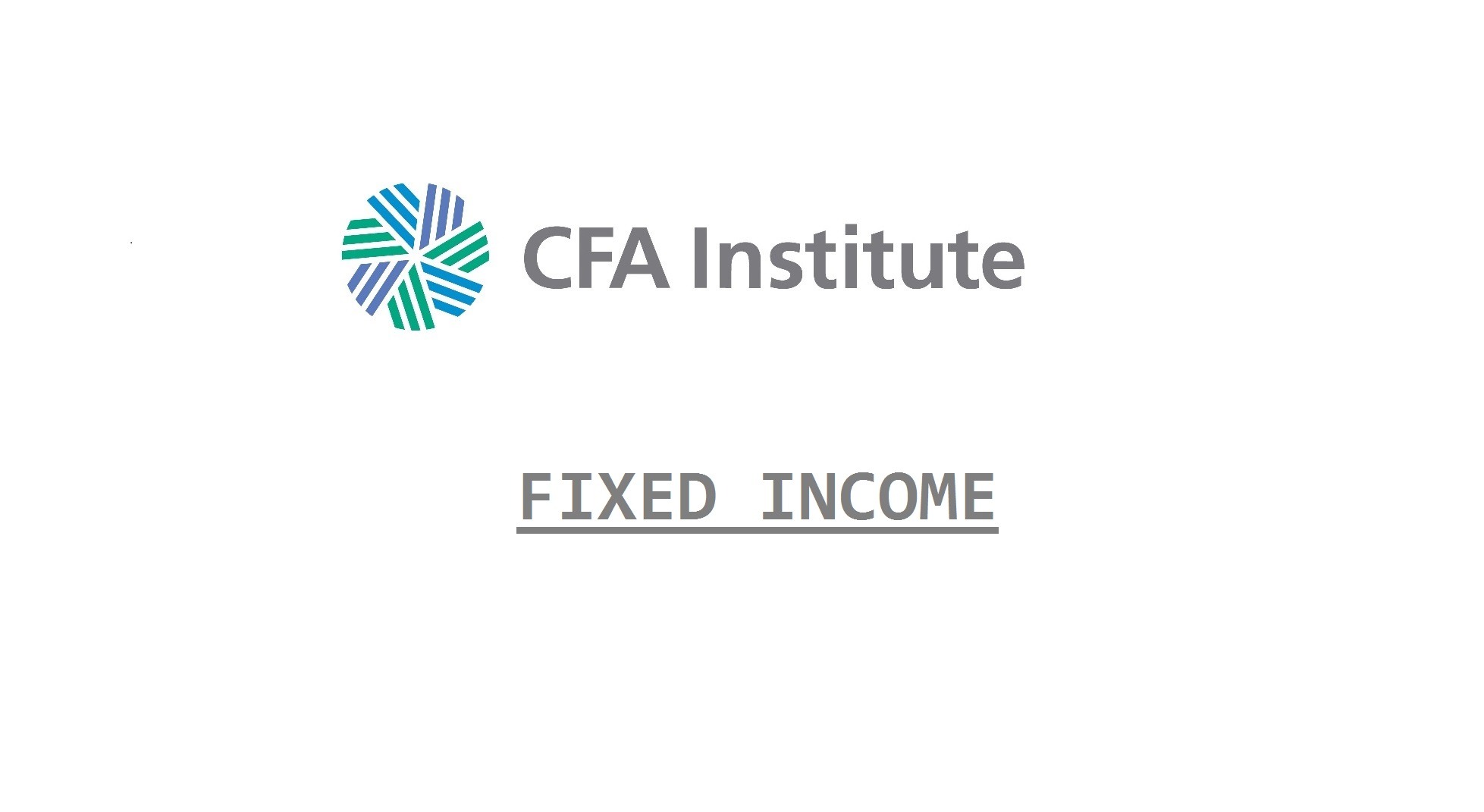Leverage is the use of borrowed capital to increase the magnitude of portfolio positions, and it is an important tool for fixed-income portfolio managers. By using leverage, fixed-income portfolio managers may be able to increase portfolio returns relative to what they can achieve in unleveraged portfolios.
Leverage alters the risk–return properties of an investment portfolio. A heavily leveraged portfolio may incur significant losses even when portfolio assets suffer only moderate valuation declines.
Leverage can lead to forced liquidations. Additionally, reassessments of counterparty risk typically occur during extreme market conditions, such as occurred in the 2008–2009 financial crisis.
The leveraged portfolio’s return (return on investor equity) can be calculated as:

where
VE = value of the portfolio’s equity
VB = borrowed funds
rB = borrowing rate (cost of borrowing)
rI = return on the invested funds (investment returns)
rp = return on the levered portfolio
There are multiple ways to achieve leverage.
Methods for Leveraging Fixed-Income Portfolios
Repurchase agreements (repos) are an explicit way to borrow funds that could be used for leveraging. A securities owner “sells” a security for cash and simultaneously agrees to “buy” it back at a specified future date. The repo is functionally a way to borrow money, and the assets are the collateral for the loan. The loan term is often overnight, though the repo could be renegotiated the next day at a new interest rate.
- Dollar interest = Principal amount × Repo rate × (Term of repo in days/360)
Futures contracts also provide leverage. Futures contracts can be purchased and require only a small initial margin deposit. The contract price times multiplier is the full price of the contract and the quantity of the underlying security now controlled.
- leverage = (notional value of contract − margin amount) / margin amount
Swap agreements also provide leverage. Interest rate swaps can be viewed as a portfolio of bonds. In an interest rate swap, the fixed-rate payer is effectively short a fixed-rate bond and long a floating-rate bond. The fixed-rate receiver in the interest rate swap agreement effectively has a long position in a fixed-rate bond and a short position in a floating-rate bond.
Structured finance instruments can also provide leverage. An inverse floater is one such product.
Securities lending, as mentioned earlier, is closely related to the repo market, but the motivations are different. Securities lending often supports short-selling. Short-selling means selling a security that is not owned and receiving immediate payment for the security.
The term rebate rate refers to the portion of the collateral earnings rate that is repaid to the security borrower by the security lender. This relationship can be expressed as follows:
- Rebate rate = Collateral earnings rate – Security lending rate
